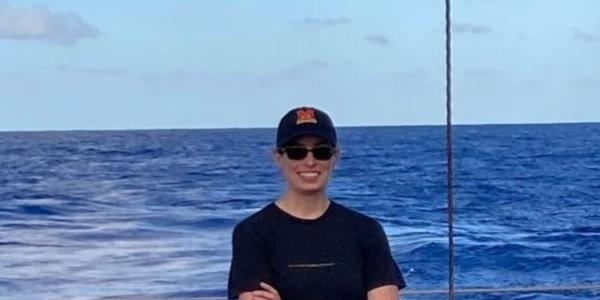EEPS Colloquium: Val Finlayson
Isotopic studies of the solid Earth through mantle plumes
The oceanic lithosphere preserves a geological record that has served as a proving ground for important concepts, including the development of plate tectonics, mantle plume theory, and absolute plate motion reference frames. Isotope geochemistry has played a critical role in these paradigms; multiple radiogenic and stable isotope systems provide compositional and age “fingerprints” of distinct mantle compositions sampled by plume-fed volcanoes. Much of the compositional framework of Earth’s mantle is defined by the so-called “traditional” radiogenic isotopes (Sr, Pb, Nd, and Hf), which have permitted researchers the ability to trace hotspot tracks produced by mantle plumes back in time to better understand the dynamic state of the mantle. The more recent addition of “non-traditional” radiogenic systems such W have provided additional dimensions that permit new interrogations of paradigms about mantle sources, material recycling, and long-term evolution of reservoirs. In this seminar, I will discuss applications of various isotope systems in my research, including Sr-Pb-Nd-Hf characterization of the long-lived Rurutu-Arago hotspot track, revisions of Pacific absolute plate motion models and applications to the Cretaceous Pacific volcanic record, and possible explanations for the occurrence of primordial, variably unradiogenic 182W/184W anomalies found in modern hotspot lava.
EEPS colloquia are made possible by the William C. Ferguson Fund

